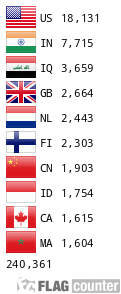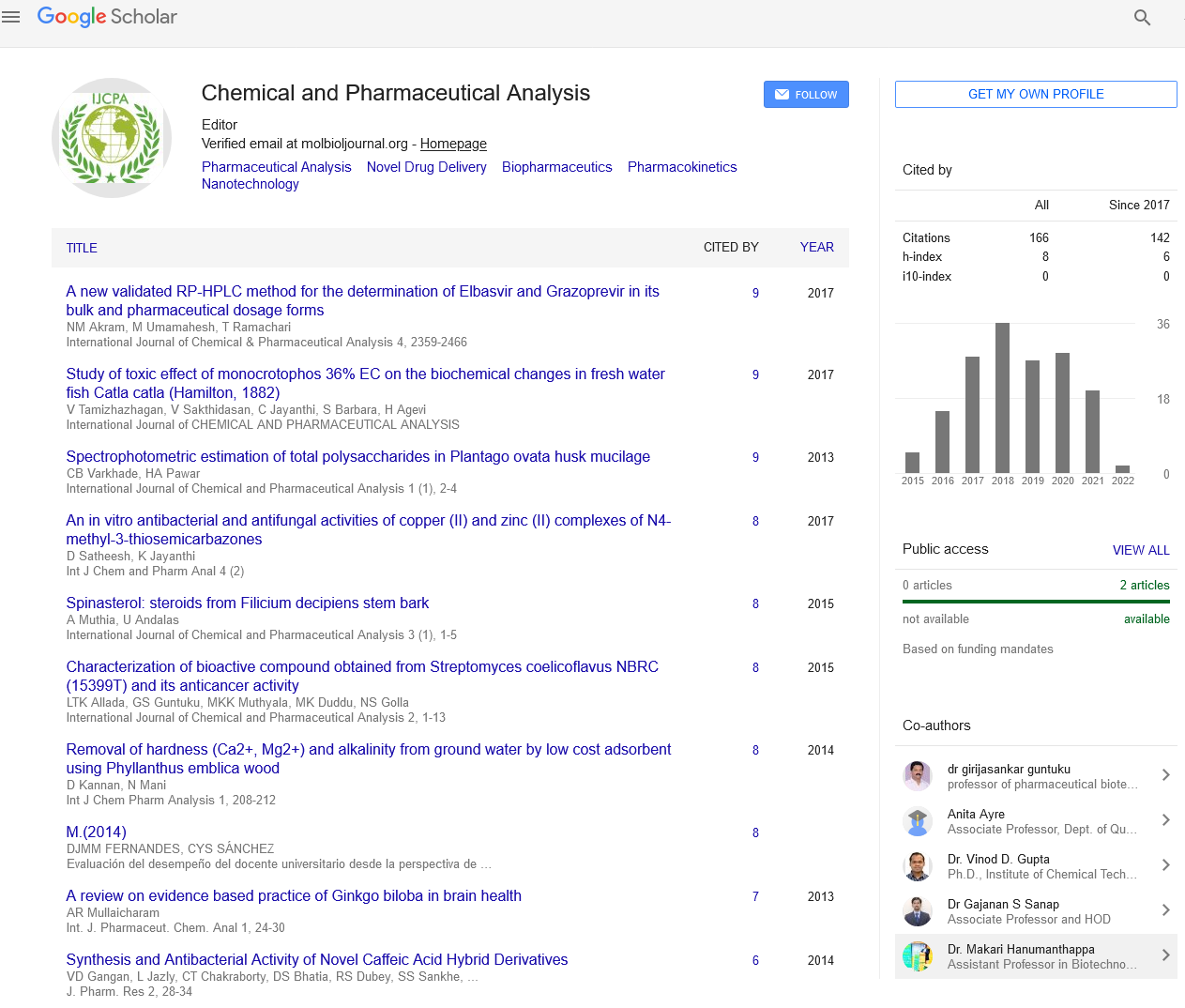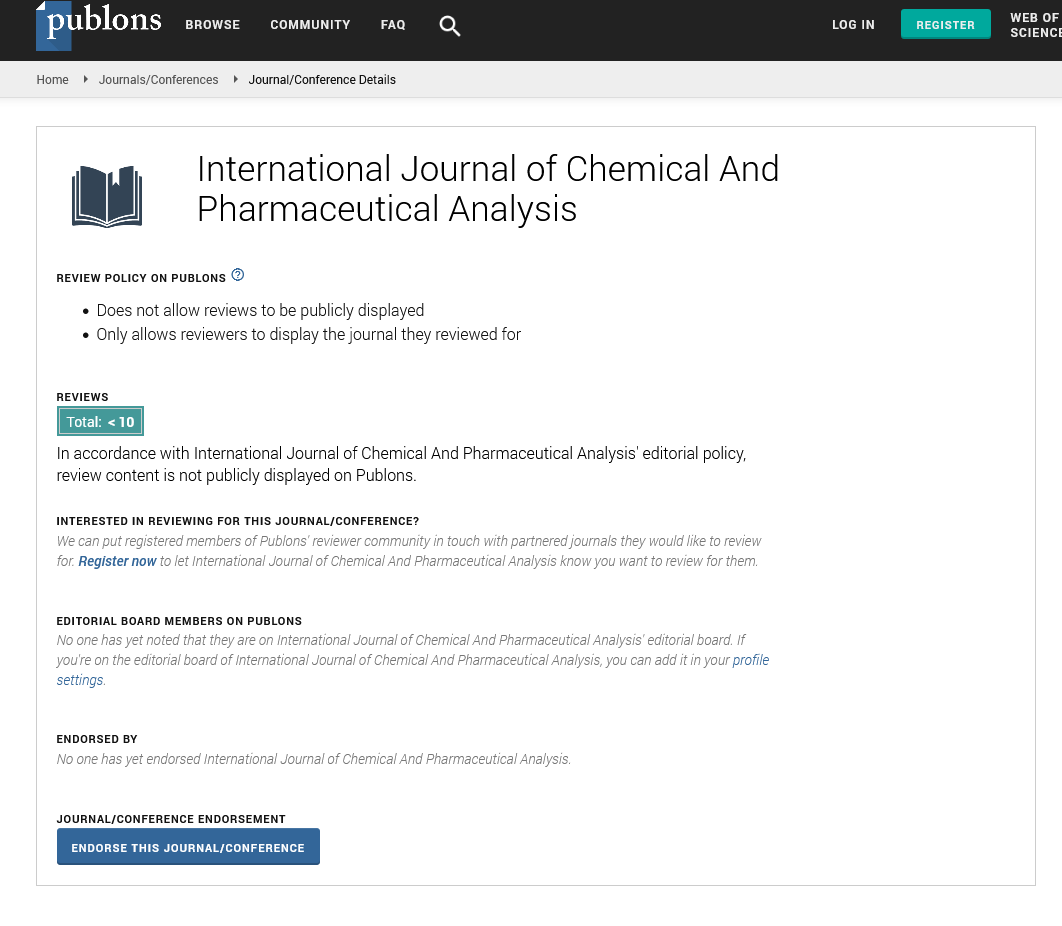Abstract
Author(s): Harshal Ashok Pawar, Anjali Harshal Pawar, Sandip Ashok Pawar, Prashant Ashok Pawar
Ashwagandha is also known Indian ginseng, or winter cherry. It is one of the important herbs in the Ayurvedic and indigenous medical systems of medicine since long time. The roots of the plant are categorized as Rasayanas and described to promote health and longevity by augmenting defenses against disease, arresting the ageing process, revitalizing the body in debilitated conditions, and thus creating a sense of wellbeing. Ashwagandha contains mainly alkaloids (withanine, withasomnin, steroidal lactones (Withanoloids), and glycosides (Sitoindosides). It possesses analgesic, mildly sedative, anti-inflammatory and anabolic activities, and it is useful in stress, strain, fatigue, pain, skin diseases, diabetes, gastrointestinal disease, rheumatoid arthritis, and epilepsy, chronic fatigue syndrome and even during pregnancy without any side effects. The present review describes the general pharmacognostic features, phytochemistry, biopotential, methods of analysis, market potential and regulatory status of Ashwagandha.




